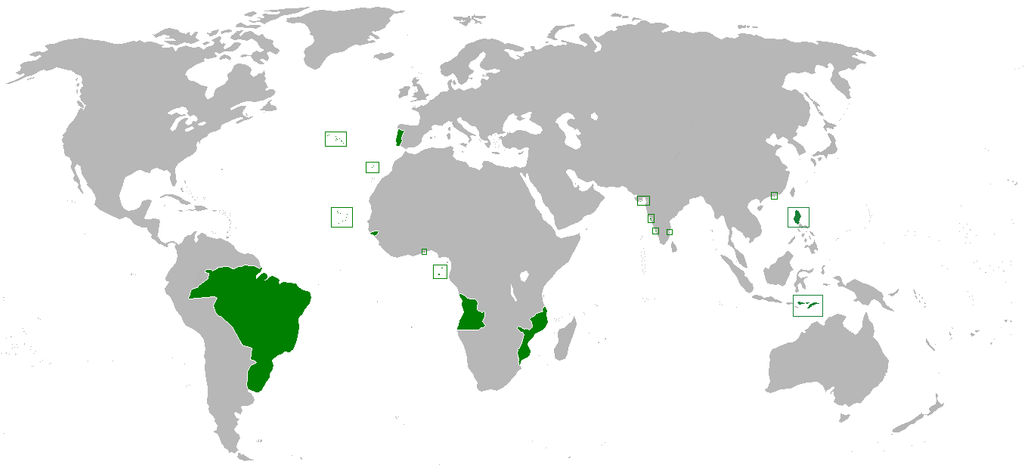Maniago revolt
On 1661, Maniago, Almazan and Malong would have won against the Spanish with the help of the rest of the rest of the Natives of Northern Luzon forcing the Spanish to retreat South.
The major factor that made Maniago’s victory possible was the continued vitality of the population that would resist the Spanish conversions in the Cagayan and Pampanga River Valley since the repeated revolts against the Spanish since the Magalat Revolt and the Spanish would repeatedly were hostile to the Maniago revolt and the Chinese revolts and Koxinga threats to Manila would have just helped their revolts.
On 1668, the Spanish would cede the Northern Half of Luzon that revolted from the Spanish and the Portuguese would give Northern Luzon more autonomy which would have dissolved the Maniago government of Selurong or Northern Luzon as the Maniago government would accept Portuguese terms for his surrender in 1669 and the Portuguese would only focus on the already Christian population rather than try to convert a population that did not want to convert which included the population that is Crypto Muslim who would revert to Islam.
The territories that the Spanish ceded to the Portuguese in Luzon would be known as Nueva(Nova) Ecija to the Spanish and the Portuguese colonizers the cession would not include Bataan and Bulacan which were important to the Spanish but the provinces of Pampanga, Zambales, and the Sierra Madre in the eastern would would be the border of the Portuguese Luzon(Nova Ecija) and Spanish Luzon(Nueva Castilla).
The Portuguese would also renounce their claims to the rest of the Philippines and Mollucas in exchange for the Spanish recognition of the territory of Brazil West of the Tordesillas and Zaragoza in the treaty of Lisbon which would finalize the territory holdings of Portugal as well.
The major factor that made Maniago’s victory possible was the continued vitality of the population that would resist the Spanish conversions in the Cagayan and Pampanga River Valley since the repeated revolts against the Spanish since the Magalat Revolt and the Spanish would repeatedly were hostile to the Maniago revolt and the Chinese revolts and Koxinga threats to Manila would have just helped their revolts.
On 1668, the Spanish would cede the Northern Half of Luzon that revolted from the Spanish and the Portuguese would give Northern Luzon more autonomy which would have dissolved the Maniago government of Selurong or Northern Luzon as the Maniago government would accept Portuguese terms for his surrender in 1669 and the Portuguese would only focus on the already Christian population rather than try to convert a population that did not want to convert which included the population that is Crypto Muslim who would revert to Islam.
The territories that the Spanish ceded to the Portuguese in Luzon would be known as Nueva(Nova) Ecija to the Spanish and the Portuguese colonizers the cession would not include Bataan and Bulacan which were important to the Spanish but the provinces of Pampanga, Zambales, and the Sierra Madre in the eastern would would be the border of the Portuguese Luzon(Nova Ecija) and Spanish Luzon(Nueva Castilla).
The Portuguese would also renounce their claims to the rest of the Philippines and Mollucas in exchange for the Spanish recognition of the territory of Brazil West of the Tordesillas and Zaragoza in the treaty of Lisbon which would finalize the territory holdings of Portugal as well.
Last edited:
